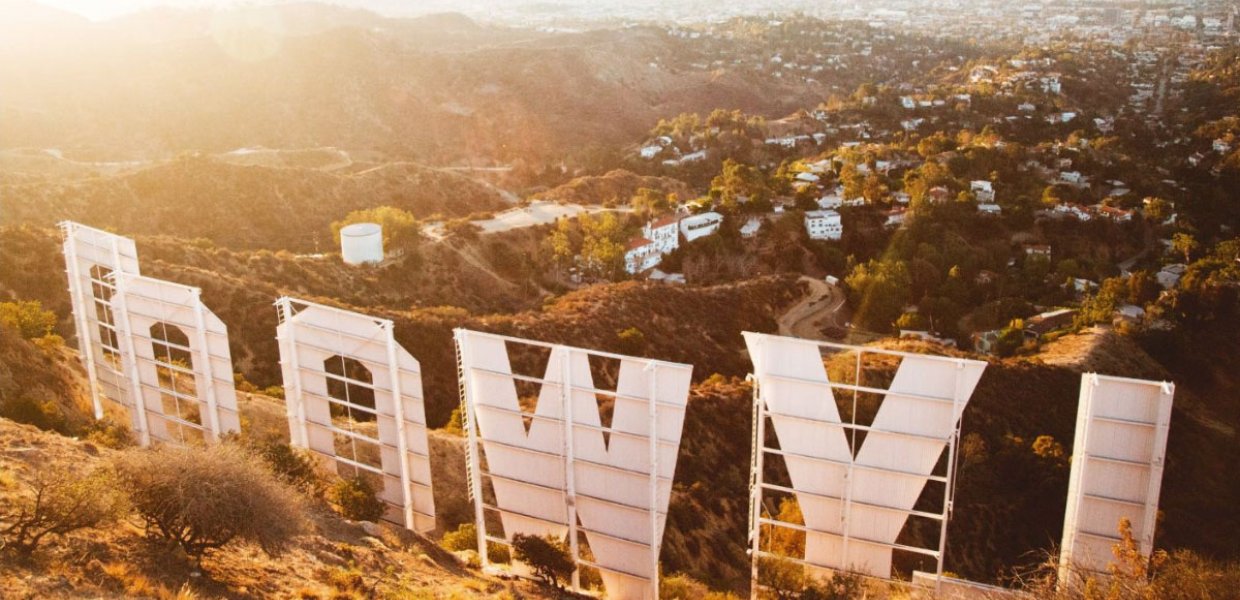From sports teams to board rooms, representation is one of the most pressing issues of the 21st Century, and Hollywood is responsible for much of the confusion — most of the problems and much of what we understand as cultural representations are derived from media.
In particular, finding positive representation of South Asian characters in U.S. film and television has been a challenge for decades. The South Asian character in Western content was often a “spicy addition,” stereotype-riddled comic relief thrown in to fulfill some kind of diversity quotient. But recently, the industry has begun producing and promoting shows headlined by South Asians. How has Hollywood transitioned from stereotypical, trope-peddling shows like “Outsourced” to South Asian superhero Iman Vellani playing “Ms. Marvel” or Maitreyi Ramakrishnan starring in Netflix teen romance “Never Have I Ever”?
While the Indian Peninsula region in South Asia includes India, Pakistan, Sri Lanka, Bangladesh, Nepal and Afghanistan, its natives share a collective memory of deep, postcolonial trauma — one of newly drawn borders separating families forever. South Asians are distinctly different from East Asians in terms of culture, language and social norms. But in Western media, the representation of this ethnically rich region has been colorized (no pun intended) with broad brushstrokes of stereotypes, microaggressions and racist tropes.
In the ‘60s and ‘70s, waves of immigration brought South Asians to American shores, and today 21% of Asian Americans trace their origins to Indian ancestry, about 4.6 million people . Often working blue-collar jobs, many Indians went on to earn degrees and attend graduate school, with research stating that over 75% of Indian Americans ages 25 and older held bachelors and higher level degrees.
Despite rapidly shattering glass ceilings in the corporate world and public life, representation of South Asians improved little between the ‘60s and early 2000s. Many examples in old American cinema show us white actors who have simply worn makeup to play “Oriental” characters or those of color. While that has changed, the precedent remains that Asian or South Asian actors are depicted stereotypically — Apu from “The Simpsons” and Raj Koothrappali from “The Big Bang Theory” come to mind.
South Asia is often represented as one country, with one spoken language and one single landscape. This is nowhere near reality. Even The Economist reported in 2015 that “India is a continent, masquerading as a country.” In fact, it is a subcontinent with more than 4,000 years of recorded history and culture, and more than 500 former princely states and kingdoms, ruled by colonial overlords, ripped apart by circumstance but stitched together by fate. Moving forward, representing each of these individual cultures, their languages and their histories sincerely is a responsibility that Hollywood must take upon itself wholeheartedly.
Landscapes are also crucial in storytelling, and American impressions of South Asia are highly romanticized ones, brushed over as dirty, poor and in need of a white man to save it. Epic American stories from India include the Oscar-winning “Slumdog Millionaire” and Indiana Jones and the Temple of Doom,” both guilty of setting the scene as being humid, dusty and underdeveloped, with ancient ruins illustrating a once wealthy land now inundated by poverty.
